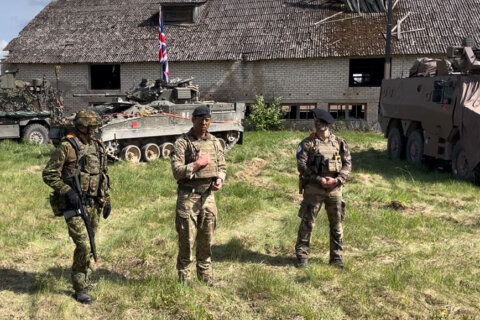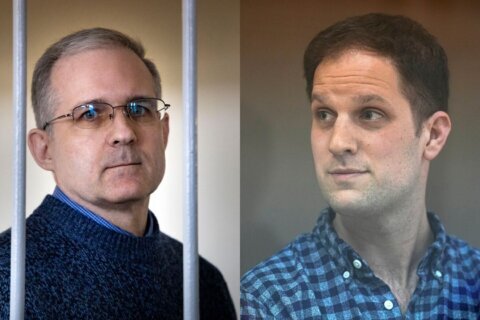LANGLEY, Va. – The Central Intelligence Agency is embarking on an extraordinary reorganization.
The speed of technological change and geopolitical events has kept the U.S. intelligence community stretched thin in some cases and seemingly off guard in others.
“I’ve been in the national security business now for 35 years, and I’ve never seen a time when we have been confronted with such an array of very challenging, complex and serious threats to our national security, and issues that we have to grapple with,” said Director John Brennan during a briefing with reporters Wednesday.
Unprecedented cyber threats, the rise and expansion of terrorism in the Middle East, Africa and the West plus Russia’s aggression in eastern Europe are among the rapid-fire developments that worried Brennan enough to order the restructuring.
A key element of the re-organization is to enhance and empower the executive director position on the agency’s leadership team. That individual will manage the day-to-day activities of the agency much like a chief operating officer would in the private sector.
Additionally, a new directorate has been set up. The directorate of digital innovation will be added to the four existing directorates, which include Intelligence, the National Clandestine Service, Science and Technology, and Support.
The digital innovation section is being set up to understand and maximize the growing prominence and impact of cyber on intelligence.
It will “be responsible for overseeing the career development of our digital experts, just like we have a directorate that’s responsible for overseeing the, the development of our case officers, and analysts, and logisticians,” said Brennan.
Also coming are 10 new geographical and functional mission centers, to be led by assistant directors. The centers will be expected to produce intelligence analysis and conduct operations.
The purpose of the changes is to provide more accountability in critical areas and improve the agency’s long-term ability to match the pace of global events while meeting its mission.
That mission, as stated on the CIA’s website is: “Preempt threats and further US national security objectives by collecting intelligence that matters, producing objective all-source analysis, conducting effective covert action as directed by the President, and safeguarding the secrets that help keep our Nation safe.”
Director of National intelligence James Clapper endorsed the transformation.
“I see many advantages to this, but the one I want to highlight specifically is the impact this change will have in promoting integration – not only within the agency, but across the (intelligence community),” Clapper said.
Hinting at concerns about keeping up with the pace of events, Brennan said the agency has little time to think about the future because of the day-to-day demands.
“Every day it seems that we have a new crisis, whether it’s the situation in Libya, or Yemen, Ukraine, North Korea, whatever.”
To address the future and a growing list of difficult global issues, which require an evolving knowledge base, Brennan also unveiled the CIA University, which will, “under a chancellor, ensure that the type of agency-wide training and learning experiences, rotational opportunities and other things are going to be afforded to our officers across the board.”








